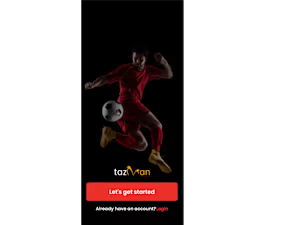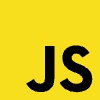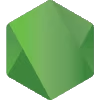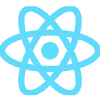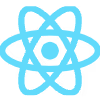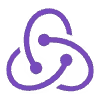Crafting Stunning Hybrid Apps for Your Digital Dreams!
Starting at
$
25
/hrAbout this service
Summary
What's included
Design
Wire frames: Wire frames are low-fidelity sketches of the app's interface. They are used to communicate the overall layout and flow of the app. Mock-ups: Mock-ups are high-fidelity representations of the app's interface. They are used to show the exact look and feel of the app. User stories: User stories are short descriptions of the features that the app will have. They are written from the perspective of the user and they help to define the scope of the project. Requirements document: The requirements document is a comprehensive document that describes all of the features that the app will have. It is used to ensure that everyone involved in the project is on the same page.
Development
Source code: The source code is the actual code that makes up the app. It is written in a programming language, such as Java, Swift, or Kotlin. Build artifacts: Build artifacts are the compiled code and other files that are needed to run the app. They are typically in the form of an .apk file for Android apps and an .ipa file for iOS apps. Test reports: Test reports document the results of the app's testing. They help to identify any bugs or issues with the app.
Testing
As the timelines of most of the projects are short, So we use mostly agile methodology and our core feature is pair-programming. However, We still use following. Unit testing: Unit testing is a type of testing that tests individual units of code. Units of code are small, self-contained pieces of code that perform a specific task. Integration testing: Integration testing is a type of testing that tests how different units of code interact with each other. System testing: System testing is a type of testing that tests the entire app as a whole. It ensures that the app meets all of the requirements and that it works as expected. User acceptance testing: User acceptance testing is a type of testing that is performed by users of the app. It ensures that the app is easy to use and that it meets their needs.
Deployment
App store submission: Once the app is complete, it needs to be submitted to the app store. The app store will review the app and make sure that it meets their requirements. Launch: Once the app is approved by the app store, it can be launched. The app will be available for users to download and install. Post-launch support: Even after the app is launched, there will still be some work to be done. The app will need to be updated to fix bugs and add new features. It will also need to be promoted to users so that they know about it.
Example projects

